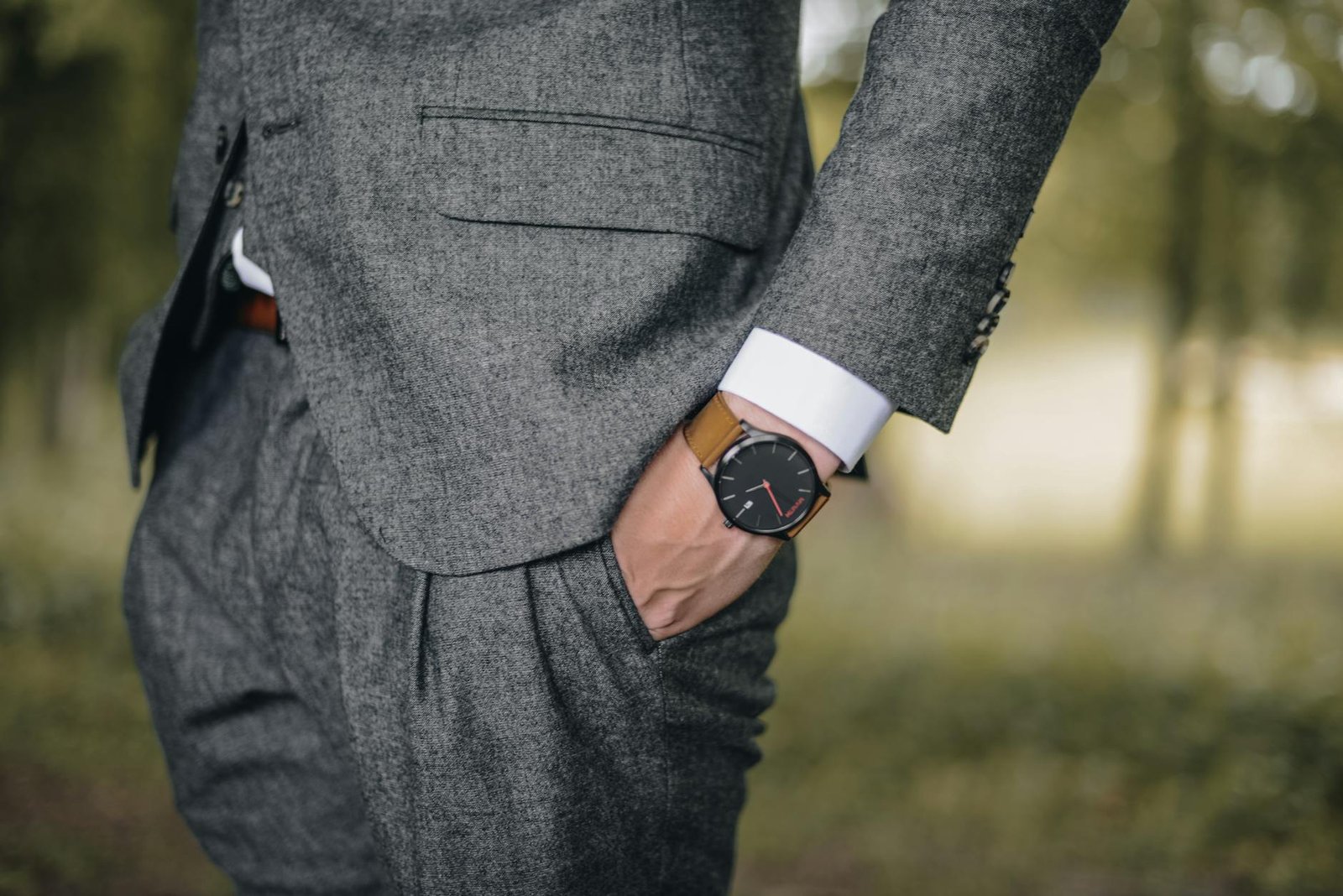Last Updated on June 10, 2024 by Daniele Lima
Analyzing the influence of the old money fashion style on new trends
Over the decades, old money fashion has transcended the sudden nature of modern trends and established itself as a living symbol of old money fashion lasting impact on fashion culture. Let’s explore the roots of this style, examine its evolution over time and also its persistence in current fashion trends.
Addressing the resonances between past and present, we aim to discover why metamorphosis is not a mere fashion, but a unique cultural phenomenon rooted in perspectives of character and identity. Get ready to travel through the history of fashion, where old and new dance harmoniously, showcasing the complexity and beauty of old money fashion longevity in the changing world of modernity.
Table of Contents
What Is Old Money Fashion
Old Money style

“Old Money Style” refers to the lifestyle and fashion traditionally associated with wealthy families who have maintained their social status and wealth through generations. This style is often characterized by a classic and timeless approach to fashion that reflects sophistication, glamorization, and a certain understated elegance. Here are some of the distinctive features of the Old Money style:
Money Style
Quality over quantity: The antique style emphasizes the quality of materials and careful manufacturing. Instead of following passing fashion trends, the selected pieces are timeless and long-lasting.

Light and neutral colors: Opt for a minimalist approach when creating your wardrobe and opt for solid colors that offer sophistication and versatility. Embrace the elegance of neutral tones like classic black, white, light beige and dark navy. Not only do these colors give your outfits a sophisticated, minimalist feel, but they also combine easily and mix and match seamlessly. Avoid simple and distracting flashy prints as these can distract from the beauty and beauty that the monochromatic dress announces. Use the beauty of pastel tones for a beautiful and harmonious look that reflects your sense of style.
Classic cut and tailored fit: Well-cut, tailored clothing is a hallmark of the Old Money style. Blazers, dresses, and pants often follow classic patterns and are tailored to fit perfectly.

Small accessories: Accessories are rarely used, but when they are used, they are usually high quality and stylish. Clocks, jewelry, and bags often reflect luxury and tradition.
Influence of formal style: Old Money style often shares similarities with formal style, which is characterized by pieces like sweaters, blazers, and khaki pants. This aesthetic is all about casual elegance.
Heritage and history: Clothes often have sentimental value that is passed down from generation to generation. Some families maintain clothing traditions that tell stories of genealogy and heritage.

The Old Money style transcends fads and adopts a more timeless and sustainable approach. It reflects a reserved lifestyle and an appreciation of tradition and quality rather than following the latest fashion trends. An imposing style that really makes a statement wherever it goes.
Old Money Fashion Rules
Old Money Fashion Aesthetic

There are also antiquated rules. These norms and customs dictate appropriate behavior and clothing for different social situations. Although these rules may vary over time and culture, some were widely accepted in early societies. Here are some common fashion rules from the past:
Formal Etiquette: On formal occasions, a strict dress code must be followed. This includes evening dresses for women and tuxedos for men.
Seasonal colors: The use of certain colors is often associated with certain seasons. Bright, vibrant colors are typical of spring and summer, while dark, dull colors are typical of fall and winter.

Color combination: There are strict rules for color matching. Some combinations are considered elegant, while others are considered inappropriate. Solid colors such as white and black are often preferred.
Using gloves: In many ancient times, gloves were an important part of women’s clothing. Women wore gloves on social and formal occasions, especially during the day.

Hat: Hat is one that is generally worn by people, especially women, and generally reflects the appropriate hat style. It is customary to wear a wide-brimmed hat for daytime activities and a smaller, more stylish hat for nighttime activities.
Men’s Suits: On special occasions, men usually wear a suit or formal attire, with a tie being almost mandatory. The styles and colors of clothing also follow specific patterns.
Modest Swimwear: Swimwear regulations in many places are very strict. Swimwear should be modest and cover most of the body, especially for women.

Ban on certain fabrics: At some point, the use of certain fabrics or patterns was discouraged or considered inappropriate for certain social classes.
Adapt to the time of day: The choice of clothing often depends on the time of day. Wear more formal clothes during the day and more casual clothes at night.
Appropriate sportswear: Sports also have their dress requirements. Sportswear is suitable for physical activity but follows the specific rules of the sport.

It is important to note that these rules are strongly influenced by social and historical context. As society has evolved, many of these standards have been challenged and, in many cases, abandoned, causing modern fashion to become more diverse and personalized.
Old Money Fashion Influencers

Throughout the history of fashion, many celebrities have become influencers who helped shape and define the trends of their time. Here are some famous retro influencers:
( Bônus )
Old Money Fashion Brands
Coco Chanel (1883-1971): One of the most influential figures in 20th-century fashion, Chanel revolutionized women’s fashion by introducing simple lines, luxurious fabrics, and her famous “tailoring” (dresses). Her elegant and timeless style continues to influence the fashion world today.

Christian Dior (Christian Dior, 1905-1957): Founder of the Dior brand, he was one of the most important designers of the 1950s. He is known for the “New Look” that reintroduced feminine silhouettes with cinched waists and long skirts after World Fashion Week, after the Second World War.
Audrey Hepburn (1929-1993): Fashion ambassador, Audrey Hepburn personified the elegance and glamor of the 1950s. Her iconic dresses, especially those from Breakfast at Tiffany’s, remain a source of money and fashion inspiration.
Fred Astaire (1899-1987): Known for his talent as a dancer and actor, Fred Astaire was also a fashion icon, simply for his style. His ability to dress elegantly combined with his charisma influenced men’s dress codes.

Gloria Vanderbilt (1924-2019): Socialite, artist, and fashion icon, Gloria Vanderbilt was an advanced figure in high society. Her involvement in the world of fashion includes lines of jeans and perfumes that reflect her sophisticated and timeless style.
Ralph Lauren (born 1939): Known for his American lifestyle, Ralph Lauren has built a fashion empire with collections that embody classic elegance and tradition. It is especially associated with the “preppy” style.
Grace Kelly (1929-1982): Before becoming Princess of Monaco, she was a Hollywood star known for her unique and sophisticated style. Her marriage to Prince Rainier III also highlighted her influence on fashion.

Yves Saint Laurent (1936-2008): French designer Yves Saint Laurent was a fashion pioneer who introduced women to the dress style. He is also credited with popularizing women’s evening dress.
David Bowie (1947-2016): The rock chameleon left his mark not only on music but also on fashion. Bowie influenced fashion in the 1970s and 1980s, challenging gender norms with his exotic style, and experimenting with a variety of styles.
These fashion influencers played a significant role in shaping the fashion landscape of their time, leaving a lasting legacy that continues to inspire designers, celebrities, and fashion fans today.

Conclusion: The Immortal Legacy of Old Money Fashion in Current Fashion Culture
As we conclude our exploration of old money fashion and its continued influence on contemporary fashion culture, it becomes evident that vintage style is not just a reminder of the past, but a solid foundation that supports the ephemeral trends of the present. The timelessness of vintage fashion not only stands the test of time but flourishes, showing us that classic elegance and sophistication endure regardless of rapid changes in the fashion industry.
In this study, we delve into the depths of vintage style, uncovering the stories told by each piece of clothing and each accessory, silent witnesses of bygone eras.
Vintage fashion is not just a portrait of what was, but a continuous inspiration that drives creativity and innovation in contemporary fashion, which deserves all our respect.
Therefore, we conclude that retro fashion is not just a style choice, but a philosophy, a lifestyle that emphasizes the importance of respecting the past and embracing the future. In a world where trends come and go, vintage fashion continues to be a constant storyteller, reminding us that true elegance is timeless and that fashion is truly an art form that reinvents itself but never forgets its roots. Of course, the winner is good taste!
FAQ:
What is an old money style?
The “old money” style refers to the lifestyle and fashion traditionally associated with wealthy families who have maintained their social status and wealth over the generations. This style is often characterized by a classic and timeless approach to fashion that reflects sophistication, glamour, and a certain understated elegance. Some distinctive features of this style include a preference for quality over quantity, light and neutral colors, classic cut and tailored fit, minimal use of accessories, the influence of formal style, and a strong link to heritage and family history.
What is the old money trend in fashion?
A current and increasingly popular fashion trend is the revival of vintage style in clothing and accessories. This trend involves combining elements from a bygone era, such as the 1970s, 1980s, or 1990s, with modern clothing. This may include wearing vintage-inspired clothing like leggings, oversized jackets, or accessories like chunky jewelry or vintage sunglasses. Old money in fashion refers to styles that exude sophistication, elegance, and luxury. It often contains antiques such as dresses, silk shirts, and designer bags that signify wealth and status.
What does old money wear around the house?
At home, people associated with “old money” tend to wear comfortable but elegant clothes. This can include quality cotton shirts, well-cut linen pants or chinos, fine wool sweaters, and comfortable loafers or leather shoes. The emphasis is on quality materials and the right fit, reflecting a casual yet sophisticated style.
What are the best old money pieces?
The best pieces to adopt the “old money” style are those that reflect quality, elegance, and timelessness. This includes well-cut blazers, classic dresses, high-quality cotton shirts, tailored pants, quality leather shoes, and discreet accessories such as watches and fine jewelry. Opting for pieces that will stand the test of time and convey a sense of sophistication and class is essential for incorporating the “old money” style into your closet.











Leave a Reply